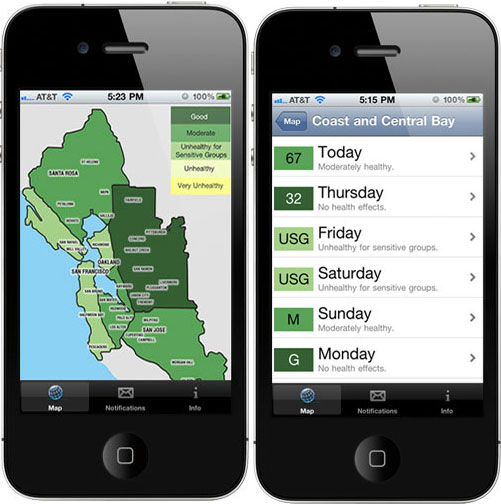 We launched! It's been a busy time for the folks at Moms Clean Air Force. We've been writing, designing, developing, and finally launching a shiny new website!
We launched! It's been a busy time for the folks at Moms Clean Air Force. We've been writing, designing, developing, and finally launching a shiny new website!
While I've been holed up with my computer for hours on end, the collaborative effort has been incredibly inspiring. Working with a team is something I've missed being a freelance writer/editor/blogger these past four years.
Once I corral the talented team of writers, and teach them how to use all the nifty new tools, I will have time to write again. Yay!
In the meantime, do you want to learn more about MCAF? Of course you do!
Below is the MCAF welcome note from founder, Dominique Browning. After you check out the website (just beautiful, huh?), please come back and tell me what your thoughts are about the site and our mission to clean up the air. Thank you!
Mother Love Is A Force of Nature
Moms Clean Air Force has a newly designed website, and I’m delighted to welcome you to our community. We’re creating a movement for people who see air pollution as a straightforward, urgently important health issue.
Our goals are simple: educate people about why air pollution is still a big problem; raise awareness about what’s at stake politically; inspire people to take simple, fast action to send Washington a message.
We know moms are busy. But moms are also extraordinarily protective of their children’s health. We specialize in Naptime Activism.
Our bloggers take our message into their communities, reaching millions of readers. We network on Facebook and Twitter. Our growing community includes nurses, doctors, scientists, politicians, novelists, journalists, Republicans, Democrats, Independents, knitters and bakers–concerned moms, dads, sisters, brothers, daughters, and sons.
Air pollution is harmful to everyone with a beating heart.
Air pollution contains toxins that harm people’s brains, lungs, and hearts. It is affecting our food and water. Children are especially vulnerable to toxic pollutants; Latino and African American babies suffer disproportionately from poisoned air. While there are lots of things we can do, as individuals, to keep our children safe at home, no one can control the air they breathe. We need regulations for that.
We’re all for respecting reasonable, efficient government budgets. But we don’t want our babies thrown out with the bathwater.
President Nixon’s Clean Air Act of 1970, and the agency he founded, the Environmental Protection Agency, have accomplished a great deal in cleaning American air and water. But the work isn’t done. The sky might be blue, but that doesn’t mean it is clean. In forty years, we’ve learned much more about invisible pollutants that wreak havoc on our health, causing neurological and developmental problems. Asthma rates among children are skyrocketing.
Air pollution isn’t just dirty. It is poisonous. Polluters are fighting for the right to pollute!
The Clean Air Act and the EPA are facing an unprecedented attack by some politicians and coal and oil industry lobbyists. That’s because emissions from coal-fired power plants are the single largest contributor to mercury toxins in our air.
Many responsible coal plant owners have done the right thing and cleaned up their toxic air emissions. It hasn’t hurt their bottom lines at all–they’re making record profits. The EPA has created thousands of jobs for Americans in the last forty years–in sectors from research to enforcement to engineering to new technology development.
Air pollution can be cleaned up. Please join Moms Clean Air Force to make our voices loud and clear. Send politicians a forceful message: Strengthen and enforce pollution regulations!
Polluters have power, money and political influence. But moms have love. And that’s the strongest force of all. Now we have to use it.
PLEASE JOIN MOMS CLEAN AIR FORCE
 Feeling a little bullish and full of questions about Earth Day.
Feeling a little bullish and full of questions about Earth Day.

 Are pumpkins invading your nest like these grinning jack-o’-lanterns that have overtaken this Massachusetts home? Even when the pumpkin glow is at a minimum,
Are pumpkins invading your nest like these grinning jack-o’-lanterns that have overtaken this Massachusetts home? Even when the pumpkin glow is at a minimum, 

